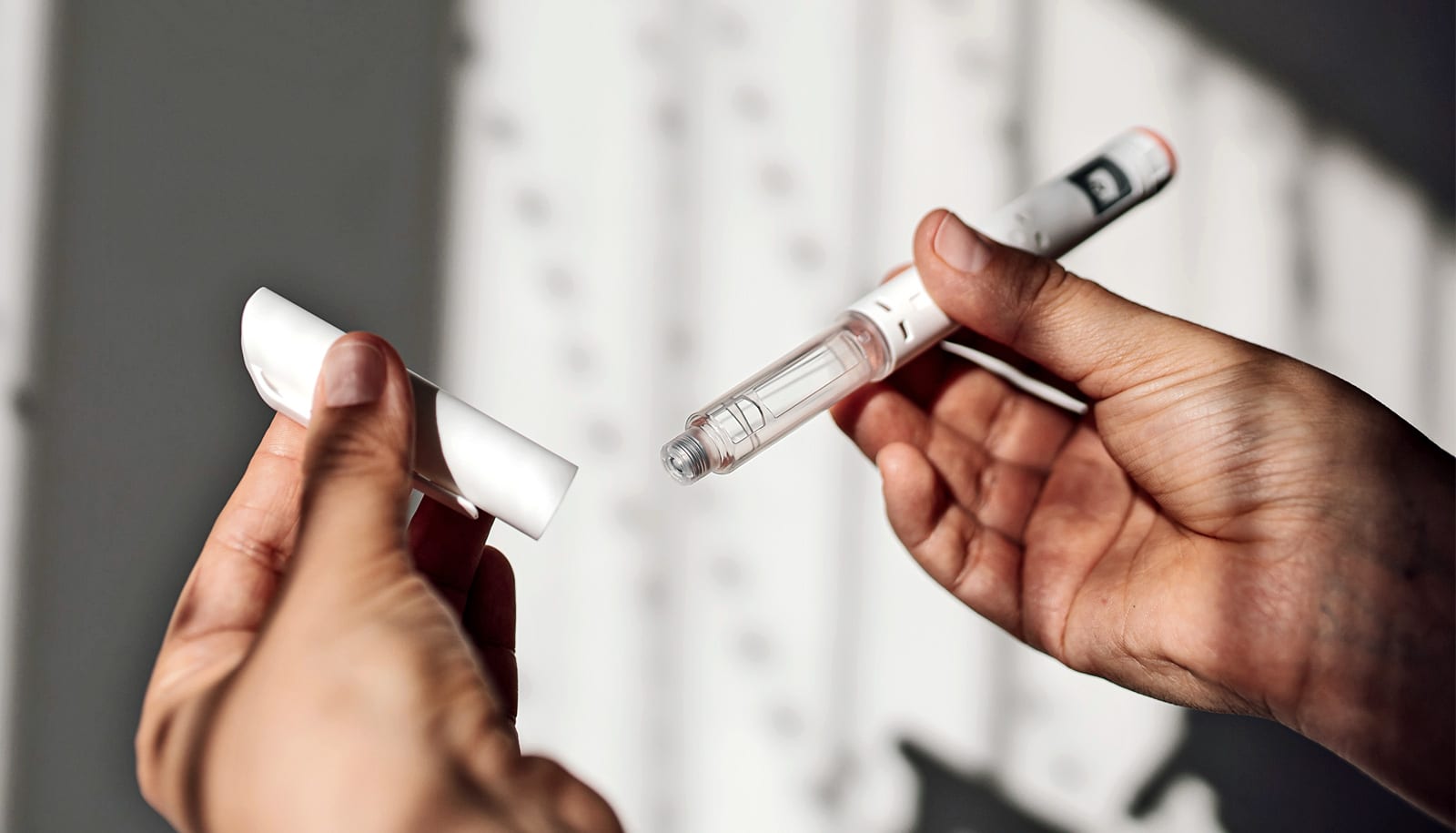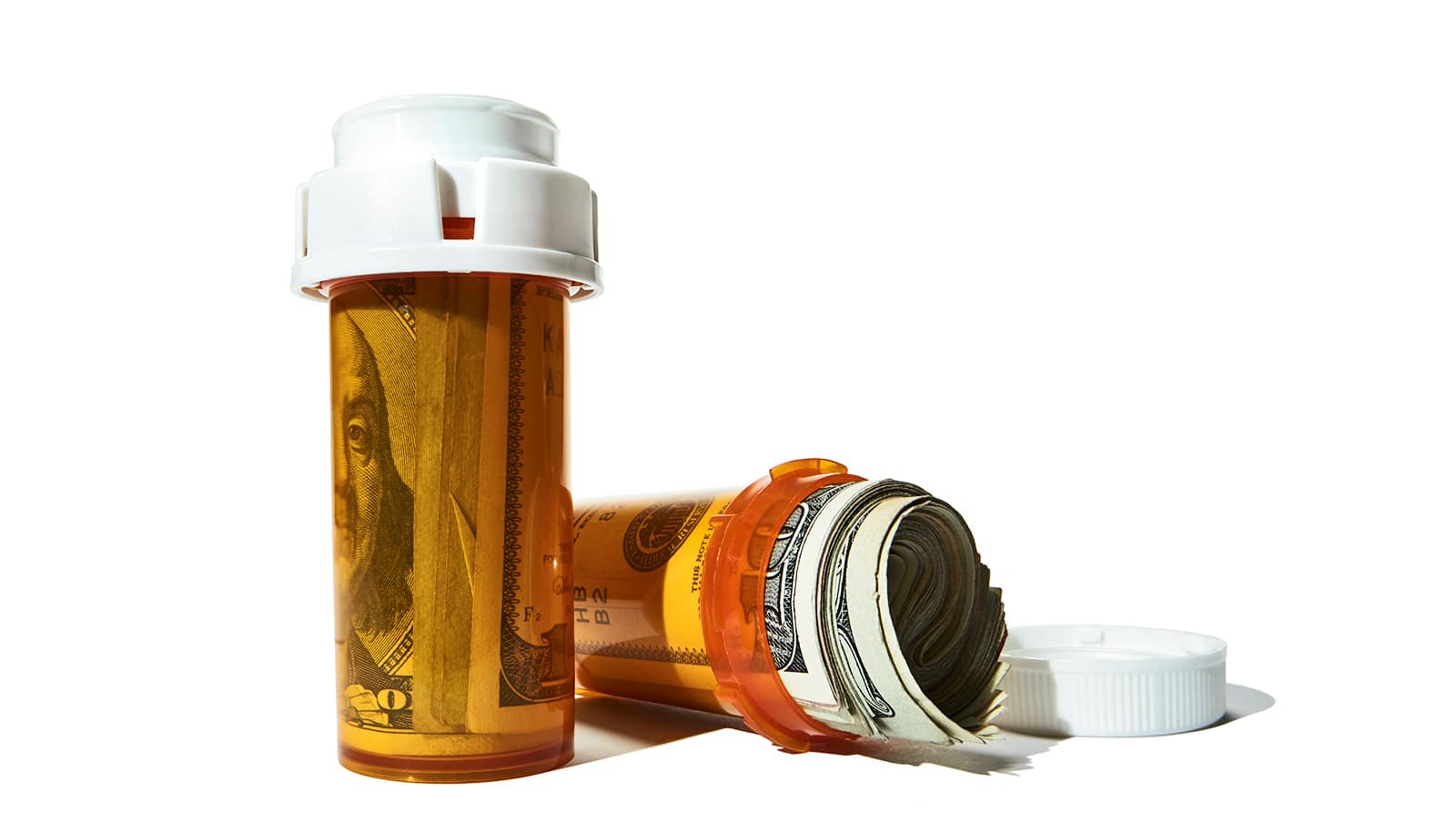Combining the drug topiramate with psychological counseling curbs marijuana use among young smokers significantly more than counseling alone, according to new small study. But the results come with a caveat: Many study volunteers couldn’t tolerate the side effects.
There is no FDA-approved medication for treating cannabis dependence and misuse. And the benefits of counseling treatment, such as motivational enhancement therapy (MET), aren’t enough to help many patients, researchers say.
Scientists conducted the trial as the first test to determine whether topiramate, an epilepsy drug marketed as Topamax, could add to the benefits of motivational enhancement therapy. Researchers have studied topiramate as a potential treatment for alcohol and nicotine dependence and cocaine addiction.
The results show the drug provided a statistically significant benefit. While topiramate didn’t reduce the frequency of smoking significantly more than therapy alone, study participants who received the combined therapy used less marijuana each time, on average, than participants who got counseling and a placebo.
[Teens use e-cigarettes to vape marijuana]
“The positive news is it did seem to have some effect and that effect seemed to really be focused on helping people reduce how much they smoke when they smoke,” says Robert Miranda Jr., associate professor (research) of psychiatry and human behavior at Brown University.
“It’s promising in the sense that it suggests that medications can help, but it asks questions about for whom it might be most effective because many people can’t tolerate the medication.”
To conduct the study, published in the journal Addiction Biology, researchers recruited 66 volunteers, aged 15-24, who smoked at least twice weekly but were interested in receiving psychological and drug treatment to reduce marijuana use.
Heavy use is associated with impaired memory and executive cognitive function, difficulty sustaining attention, and filtering out irrelevant information. Initial screening showed that more than half of the participants met clinical criteria for marijuana dependence or abuse.
[Does legal pot entice users to drink more?]
Whether they were assigned to the placebo group or to receive topiramate, all participants received 50-minute MET sessions at weeks one, three, and five of the six-week study. MET involves professionally guided motivational discussion about quitting or reducing use.
Of the 66 volunteers, 40 received topiramate in doses that slowly scaled up from 25 miligrams in week one to 200 miligrams by week five, before being tapered out a few days after the study’s end.
Through consistent interviews and other means during the study, volunteers recalled how often they smoked and how much (urine tests also showed whether they were using marijuana and also taking either the medicine or placebo). Both groups reduced the number of days on which they used marijuana by statistically similar amounts, but those who took the medication also used on average about 0.2 fewer grams of cannabis each time.
While Miranda says he is encouraged by the results showing a significant additional effect from the medication, it was clear the treatment was not for everyone. At the end of the six-week study, 21 of the 40 subjects receiving the drug had dropped out compared to only six of the 26 people taking the placebo. Two-thirds of those who left the study after using topiramate cited the side effects as their reason for leaving. They complained of problems such as depression, anxiety, trouble with coordination and balance, weight loss, and unusual sensations.
One next step in the research will be to conduct a larger and perhaps longer trial. Another useful experiment will be to determine whether genetic markers or other factors can help predict who will have less difficulty with topiramate’s side effects. That knowledge would allow any future clinical treatment to be targeted to patients who will benefit.
The National Institute on Drug Abuse funded the study. Robert Swift, a study coauthor, disclosed he is on the advisory board of D&A Pharma.
Source: Brown University


